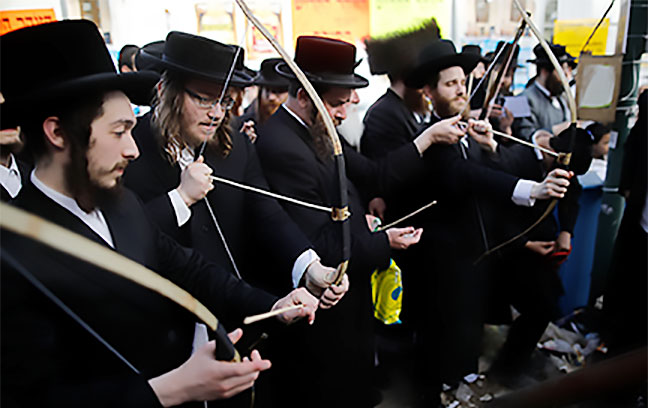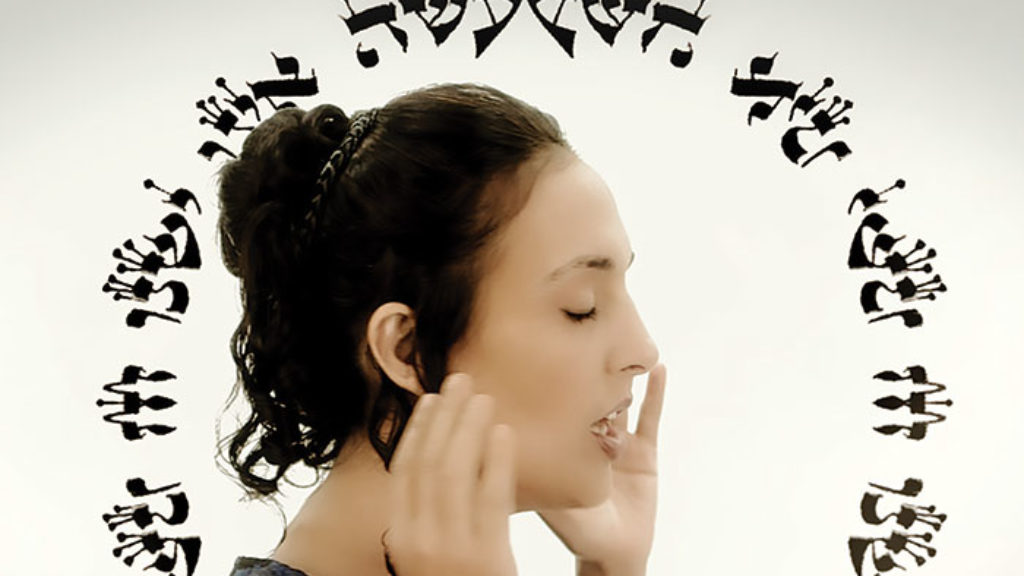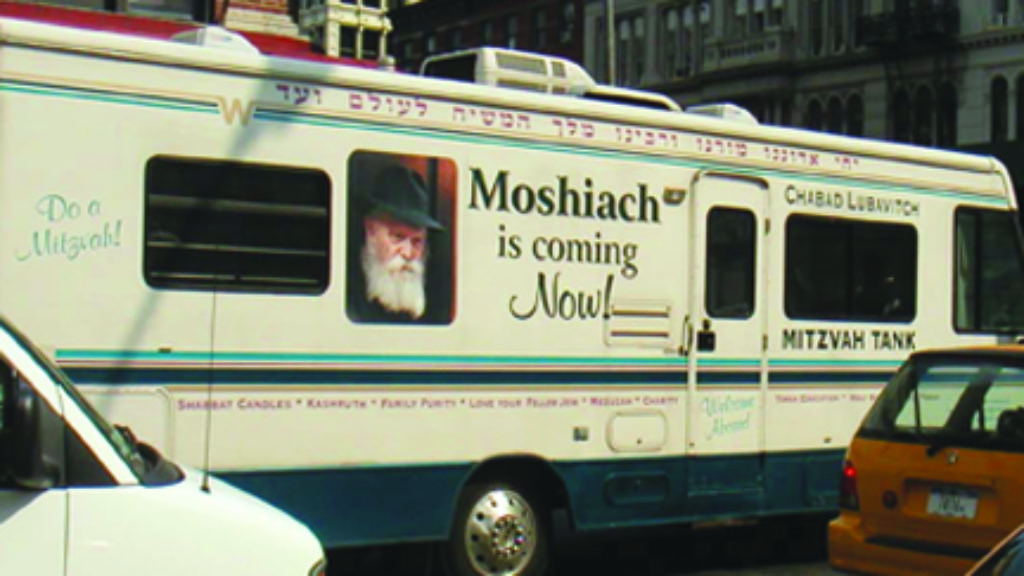Beauty within Beauty: How Lag BaOmer Stopped a Plague
Yerachmiel Yisrael Yitzchak of Aleksander (1853–1910), the second Aleksander Rebbe, had a quite literally beautiful teaching about Lag BaOmer, the 33rd of the 49 days of the Omer counted between the festivals of Passover and Shavuot. But first, a little historical background is in order.
At some point in the Middle Ages, Jews began to celebrate Lag BaOmer as an outdoor spring holiday, eventually featuring bows and arrows. According to the Talmud, 24,000 of Rabbi Akiva’s students died during the Omer from a plague brought on by their failure to respect one another, and a later tradition set the date on which the plague ended as the 33rd day of the Omer. (There are more complicated versions of the calculation, but they amount to the same thing: The end of the plague is celebrated on the 33rd day of the counting of the Omer.)
Rabbi Chaim Vital, the disciple of the 16th-century kabbalist Rabbi Isaac Luria, is said to have recorded a tradition that Rabbi Shimon bar Yochai, Rabbi Akiva’s great student and the purported author of the Zohar, died on Lag BaOmer. The day took on a mystical coloring. Kabbalists and, later, Hasidim correlated the entire seven-week period of the counting of the Omer with the lower seven sefirot, the divine qualities or emanations revealed in the Zohar. Each of the seven weeks of the Omer is associated with a particular sefira, as is each day within the week, so that the first day of the first week of the Omer is spoken of as “Chesed (lovingkindness) of or within Chesed,” and the second day is called Gevura (strength) of Chesed, and so on. These permutations reflect both God’s relationship to the universe and spiritual-psychological goals for those who are counting. Thus, on that first day of the counting of the Omer, the mystic focuses on cultivating within himself the divine attribute of love. The 33rd day of the Omer is the fifth day of the fifth week: Hod (beauty) within beauty, and it is the spiritual nature of this day that Yerachmiel Yisrael Yitzchak of Aleksander tries to explain.
Beginning in the early modern period, carnivalesque celebrations featuring bonfires were held, especially at Meron, the Galilean city where Rabbi Shimon bar Yochai died. However, the Aleksander Rebbe’s teaching about Lag BaOmer is a quiet teaching, focused on the “inner point” (nekuda or pintl) of spiritual potential found in each person.
The Aleksander Hasidic dynasty was among the largest and most powerful Hasidic communities in Poland before the Second World War. It was founded by Yerachmiel Yisrael Yitzchak’s grandfather Shraga Feivel of Gritsa (d. 1848), who settled in Aleksandrow Lodzki, a small town outside of Lodz. Shraga Feivel was succeeded by his son Yechiel (1828–1894), who had also been close to the rebbes of Vurke and Biala. Yechiel’s son and successor, Yerachmiel Yisrael Yitzchak of Aleksander, was an extraordinarily creative mystical thinker. His collection of sermons Yismach Yisrael, published the year after his death, is a classic of Hasidic spirituality.
Following the traditions of Vurke and Biala Hasidism, Yerachmiel Yisrael Yitzchak opposed modernity and the social and religious reforms that came with it, but without the fiery rhetoric of many of his peers. He was far more concerned with cultivating a deep mystical life founded in Torah study, prayer, and ethical improvement.
Here, Yerachmiel Yisrael Yitzchak asks why it was specifically the 33rd day of the Omer that Rabbi Akiva’s students stopped dying. What is it about Hod she-beHod, beauty within beauty, that ended the plague? Along the way, he also answers the more common questions of the significance of bows and arrows, and why the yahrzeit of Rabbi Shimon bar Yochai should be celebrated as a holiday, rather than a day of mourning, in the first place.
At the heart of his homily is wordplay. Hod can be rightly understood as “beauty,” but Hod is also seen as deriving from the word le-hodot, “to admit” or “to acknowledge.” That is, Hod she-beHod symbolizes the way to graciously make space for the beauty of others, intertwining the mystical, the aesthetic, and the ethical dimensions of religion in a way that recalls Martin Buber’s famous claim about Hasidism: “You cannot really love God if you do not love men, and you cannot really love men if you do not love God. . . . One cannot, says Hasidism, have to do essentially with God if one does not have to do essentially with men.”
Seeing Lag BaOmer as a kind of hinge or tipping point on the way to the revelation at Sinai commemorated on Shavuot, Yerachmiel Yisrael Yitzchak claims that immersion in Torah is the key to awakening oneself to the inner beauty of others. Rather than self-aggrandizement or intellectual haughtiness, he says, the study of Torah must lead to humility and openheartedness. He finishes with a remark on what happens when a community can no longer rely upon the spiritual power of its leaders. Each individual, claims Yerachmiel Yisrael Yitzchak, must shoulder the responsibility and reach for the heavens through the power of humility and love for others.
I heard the following about Lag BaOmer from our sainted master and teacher, the Rebbe of Biala, may his memory be a blessing. That day represents Hod she-beHod, and repairing the quality of Hod [within oneself and the Godhead] means becoming aware [of its source], uplifting and returning all beauty to God. Know that “beauty and majesty are His” (Ps. 96:6)—all of one’s beauty really comes from Him. Thus, it becomes impossible to feel hatred or jealousy for a friend who has been granted beauty or majesty—as not you!— since all of this comes from God.
The Talmud explains that the disciples of Rabbi Akiva [died because] they did not show honor to one another; their eyes were cast jealously upon each other. Clearly, they had damaged the quality of Hod, as we have mentioned. When they arrived at Lag BaOmer, at Hod she-beHod—the innermost soul of beauty—they repaired this quality. Therefore, they stopped dying. [This is] because the light of the giving of the Torah begins to shine on Lag BaOmer. . . . Israel attained this through [their sense of solidarity:] “and Israel encamped (va-yichan) there” (Ex. 19:2)—that is, each individual found favor (hen) in his friends’ eyes. This is how they became as a “single person, with a single heart.” [Israel] came to know that favor (hen), beauty and majesty belong to God, and therefore each person saw all the others with eyes of grace, and not the opposite, heaven forbid! When this light [later] appeared to the disciples of Rabbi Akiva, they too repaired the quality of Hod.
[My teacher] revealed even more about this idea. It is taught in the name of the Maggid [of Kozhenits] that the world of chaos (olam ha-tohu) is the world of individuated points (nekudot) that do not touch one another, and that the world of healing (olam ha-tikkun) is that of [interwoven] colors (gavvan). My master [the Rebbe of Biala] said as follows. This matter is one of the supernal secrets, but each and every person can take some lesson or instruction regarding divine service from it. See to it that you are in the world of healing and not the world of chaos. Become connected to and share friendship with your fellows. How so? Through repairing the quality of Hod. Let each and every person find favor in your eyes, and see their virtues rather than their faults. Thus far are his holy words, more precious indeed than pearls.
And his holy teaching explains what we know. [The sefirot] Netzach and Hod are called “teachers of God.” The students of God’s Torah must repair the attribute of Hod, understanding that it all comes from the One. Netzach and Hod are also called “two halves of the body,” and this, too, alludes to the love and affection that must exist between scholars. They must know that they depend upon one another, and thus learn from and treat each other with honor. . . . If they study the holy Torah with arrogance and silly vanity, they will damage the font of life—the numerical value of “wisdom” (hokhmah) is [the same as] “the life” (ha-hayim). The source of life was damaged, God forbid, when the disciples of Rabbi Akiva did not treat each other with honor. And when Lag BaOmer, Hod she-beHod, arrived . . . the light of the King of Life shone upon them, and the spirit of repentance was aroused. “And understanding with the heart, return, and be healed” (Isa. 6:10)—they drew healing into the world, and through repentance they became humble before one other. . . .

The Jewish people have a custom to take up bows (keshet) and arrows during these days. The idea is as follows. We know that the farther you draw back the bowstring toward the earth, the farther the arrow will then shoot into the heavens. The same is true of tzaddikim, of righteous individuals. The more humble they become, the more exalted and uplifted are the spiritual unifications (yichudim) they can accomplish, and the higher their prayers will ascend. This is why such actions are referred to as a bow. When he was leaving this world, Rabbi Shimon bar Yochai performed a great unification, something that could only have been done in a state of total self-nullification. He was as nothing, like the dust, truly. . . . Therefore, we hold a festival on the anniversary of his death, something not done on the anniversary of the death of any other sage. [We do this because] at the time of his death, he revealed exalted mysteries and performed an awesome and tremendous unification, which he could not do when living. Now, because of our abundant sins, we cannot do such things. We need [to arouse] compassion through prayer. [It is written] “which I wrested from the Amorites with my sword and bow” (Gen. 48:22)—[and the Aramaic translation renders it] with “my prayer and supplication.” . . . Previously the tzaddikim protected the generation, but in the absence of such tzaddikim we must [each] struggle through prayer and petition.
Suggested Reading

The Book of Radiance
Daniel Matt’s massive new English edition of the Zohar is not only a great translation, it is also one of the great commentaries on the classic work of Jewish mysticism. Insofar as it is possible, Matt has brought the unfathomable, mysterious, and poetic depths of this “book of radiance” to the English reader.

Quarried in Air
Sefer Yeṣirah is the most influential Jewish book you never heard of. Indeed, it has been argued that early commentaries written on the book tilled the gnostic soil out of which sprouted the tree of Kabbalah.
The Alter Rebbe
In Immanuel Etkes's new biography, we meet the young Shneur Zalman shortly after the death of his master Rabbi Dov Ber Friedman, known as the Maggid (or preacher) of Mezheritch in 1772.

The Chabad Paradox
Despite its tiny numbers, the Hasidic group known as Chabad or Lubavitch has transformed the Jewish world. Not only the most successful contemporary Hasidic sect, it might be the most successful Jewish religious movement of the second half of the twentieth century. But two new books raise provocative questions about it.
Comments
You must log in to comment Log In